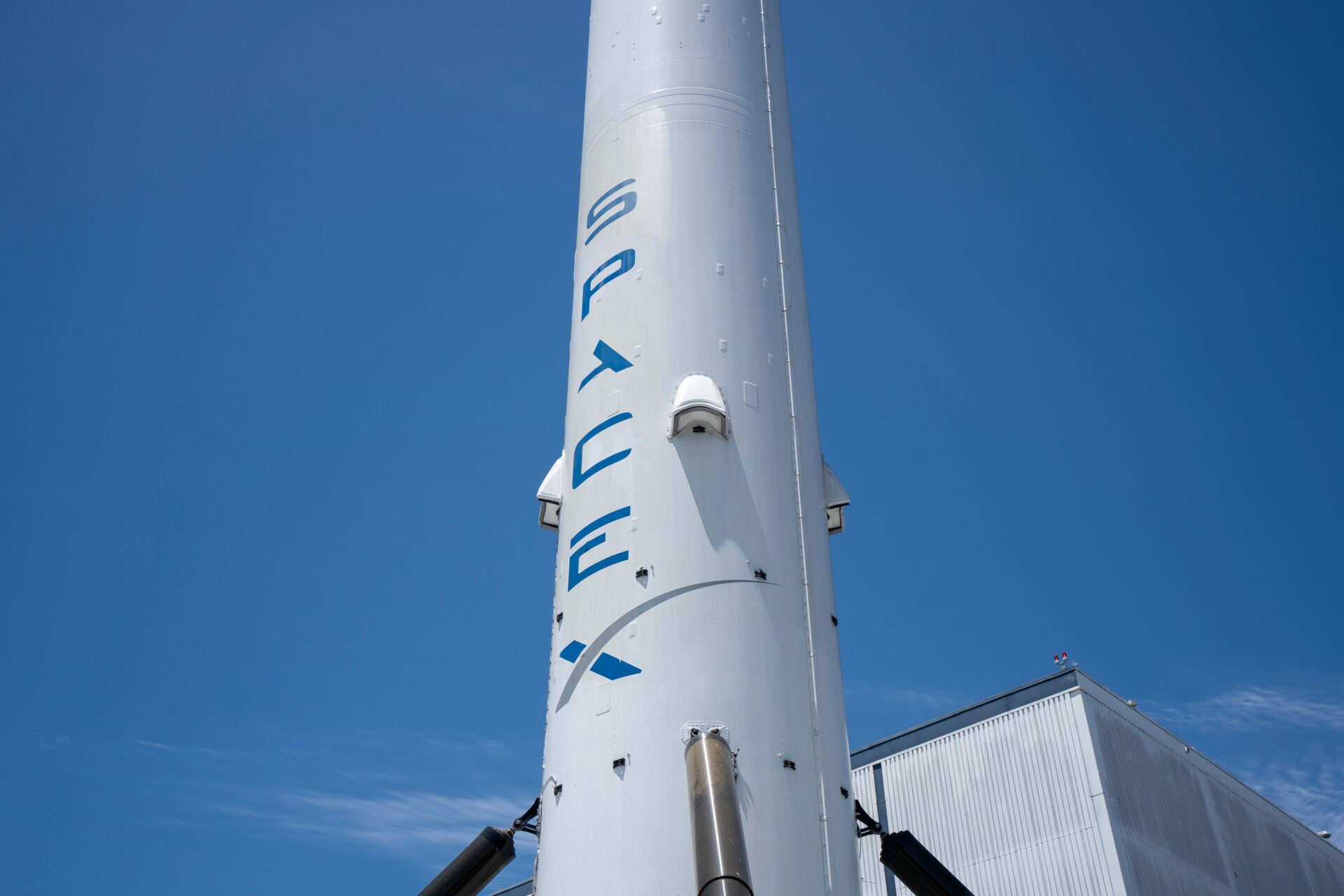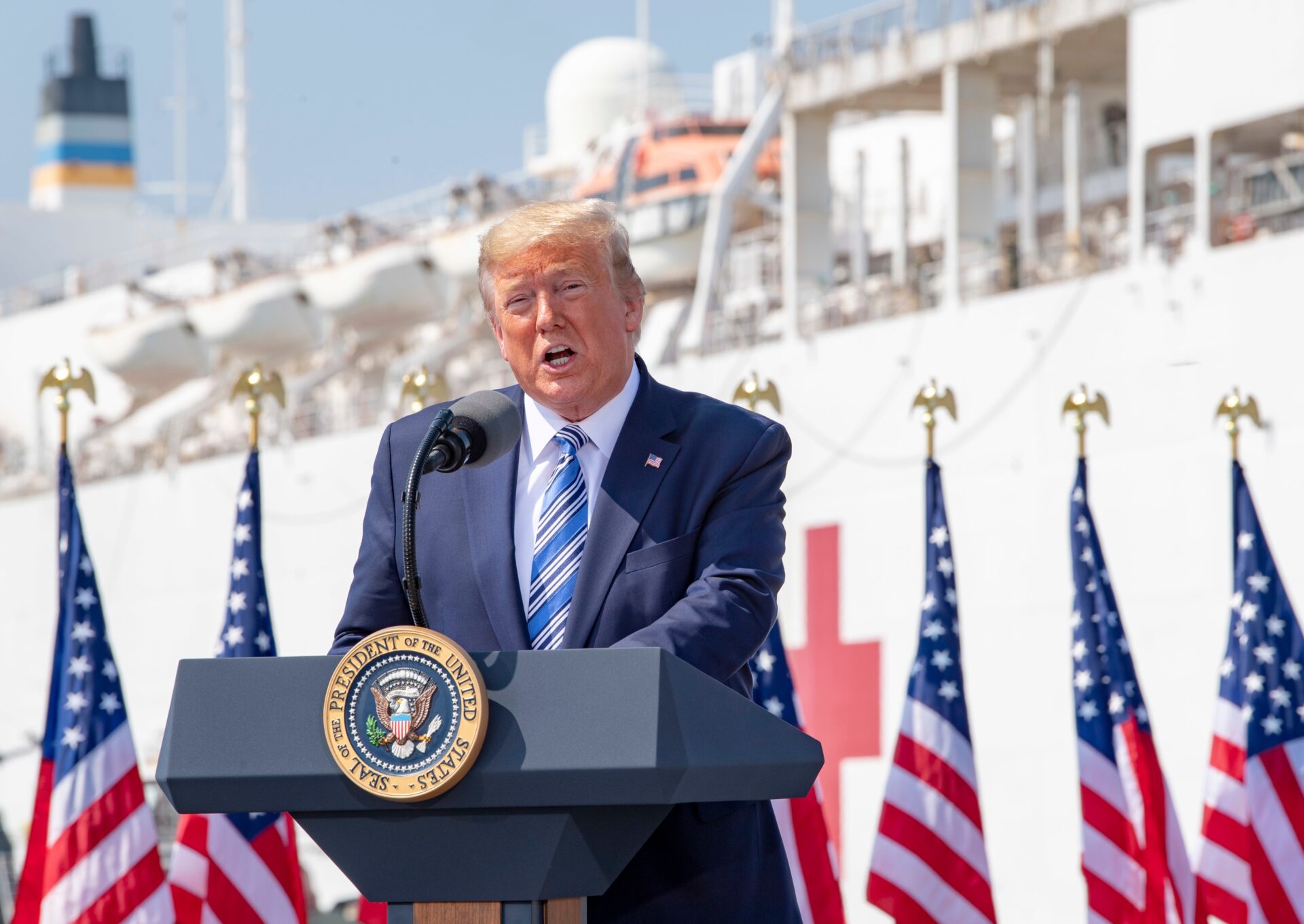
Netanyahu HITS Hard – Khamenei Vows REVENGE
Israel has launched an unprecedented military campaign against Iran’s nuclear facilities, deploying approximately 200 fighter jets in multiple waves and killing several key Iranian leaders in what Prime Minister Netanyahu called a defensive measure vital to Israel’s survival.
At a Glance
- Israeli airstrikes severely damaged Iran’s Natanz nuclear facility and hit multiple sites across six locations in Iran
- Around 200 Israeli fighter jets participated in the operation, with Mossad having smuggled drones and guided munitions into Iran beforehand
- Over 70 people were killed including top Iranian military and nuclear officials
- Netanyahu claimed Iran had enough enriched nuclear material for nine bombs, justifying the strikes as necessary for Israel’s survival
- Iran’s Supreme Leader Khamenei promised a “bitter and painful” retaliation against Israel
Israel’s Massive Air Campaign
In a decisive military operation, Israel has conducted extensive airstrikes against Iran’s nuclear infrastructure and military targets. The unprecedented campaign targeted multiple locations including Tehran, Natanz, Tabriz, Isfahan, Arak, and Kermanshah. Israeli forces deployed approximately 200 fighter jets in several coordinated attack waves, focusing primarily on Iran’s uranium enrichment facility at Natanz. The operation has resulted in significant damage to Iran’s nuclear program and has eliminated several high-ranking Iranian military and political leaders, dramatically altering the regional power balance.
Israeli intelligence played a crucial role in the operation’s success. Reports indicate that Mossad agents had methodically smuggled drones and guided munitions into Iran ahead of the attacks. These assets were strategically deployed to degrade Iranian air defenses before the fighter jets arrived, ensuring maximum effectiveness of the strikes. The Israeli military confirmed substantial damage to the Natanz uranium enrichment facility, which has long been considered the heart of Iran’s nuclear program, along with missile factories and other military installations across the country.
Escalating Israel-Iran Conflict: Key Developments
• Israeli Strikes on Iran: On June 12, 2025, Israel launched airstrikes targeting Iranian military and strategic sites, including suspected nuclear enrichment facilities. Iranian state media claims the deeply buried Fordow…
— Zlatti71 (@Zlatti_71) June 13, 2025
Netanyahu’s Justification and Iranian Casualties
Prime Minister Benjamin Netanyahu defended the military action as essential for Israel’s security, describing it as “a targeted military operation to roll back the threat to Israel’s very survival.” In his address, Netanyahu claimed that Iran had accumulated enough enriched nuclear material to produce nine bombs, presenting what Israel views as an existential threat. The Israeli leader indicated that operations would continue “for as many days as it takes” to neutralize the Iranian nuclear threat, suggesting this may be just the beginning of a prolonged campaign.
“a targeted military operation to roll back the threat to Israel’s very survival.”, stated Benjamin Netanyahu.
The human toll of the strikes has been substantial. Iranian sources report over 70 people killed and more than 320 injured across the targeted locations. Among the casualties are several prominent figures in Iran’s military and nuclear establishment, including Revolutionary Guard Commander Hossein Salami and Armed Forces Chief of Staff Mohammad Bagheri. These targeted killings represent a significant blow to Iran’s leadership structure and command capabilities, potentially hampering their ability to coordinate an effective response to the Israeli attacks.
U.S. Position and International Response
The extent of U.S. involvement remains unclear. Secretary of State Marco Rubio stated that “Israel took unilateral action against Iran,” emphasizing that the United States was not directly involved in the operation. However, President Donald Trump acknowledged having prior knowledge of the strikes and has expressed support for Israel’s actions, describing them as “excellent.” Trump also indicated that the U.S. would defend Israel if Iran retaliates, while encouraging the Iranian regime to pursue diplomatic solutions to avoid further escalation of the conflict.
The international community has expressed concern about the potential for wider regional conflict. UN Secretary-General Antonio Guterres called for “maximum restraint” from all parties to prevent further escalation. The International Atomic Energy Agency (IAEA) confirmed the strikes on the Natanz facility and is actively monitoring the situation. Meanwhile, Oman has criticized Israel’s actions as a dangerous escalation and a violation of the UN charter. The strikes have occurred amid ongoing U.S.-Iran talks regarding Iran’s nuclear program, potentially complicating diplomatic efforts in the region.
Iran’s Response and Future Implications
Iran’s Supreme Leader Ali Khamenei has promised a “bitter and painful” retaliation against Israel, declaring that the Jewish state will not go unpunished for its aggression. Despite these threats, Iran’s immediate military response has been limited thus far, with several drones launched toward Israel but intercepted by Israeli defense systems. The relatively measured initial response may indicate that Iranian leadership is carefully calculating its next move, potentially planning a more significant retaliation while assessing the damage to its military and nuclear capabilities.
The strikes mark a significant escalation in the long-running shadow war between Israel and Iran, bringing their conflict into the open with unprecedented intensity. Military analysts suggest that Israel’s operation may have set back Iran’s nuclear program by several years, though the exact extent of the damage remains unclear. With both Netanyahu and Trump suggesting that further actions may follow, and Iran vowing revenge, the region stands at a precarious crossroads that could determine the future of Middle Eastern security and potentially draw in additional global powers.


